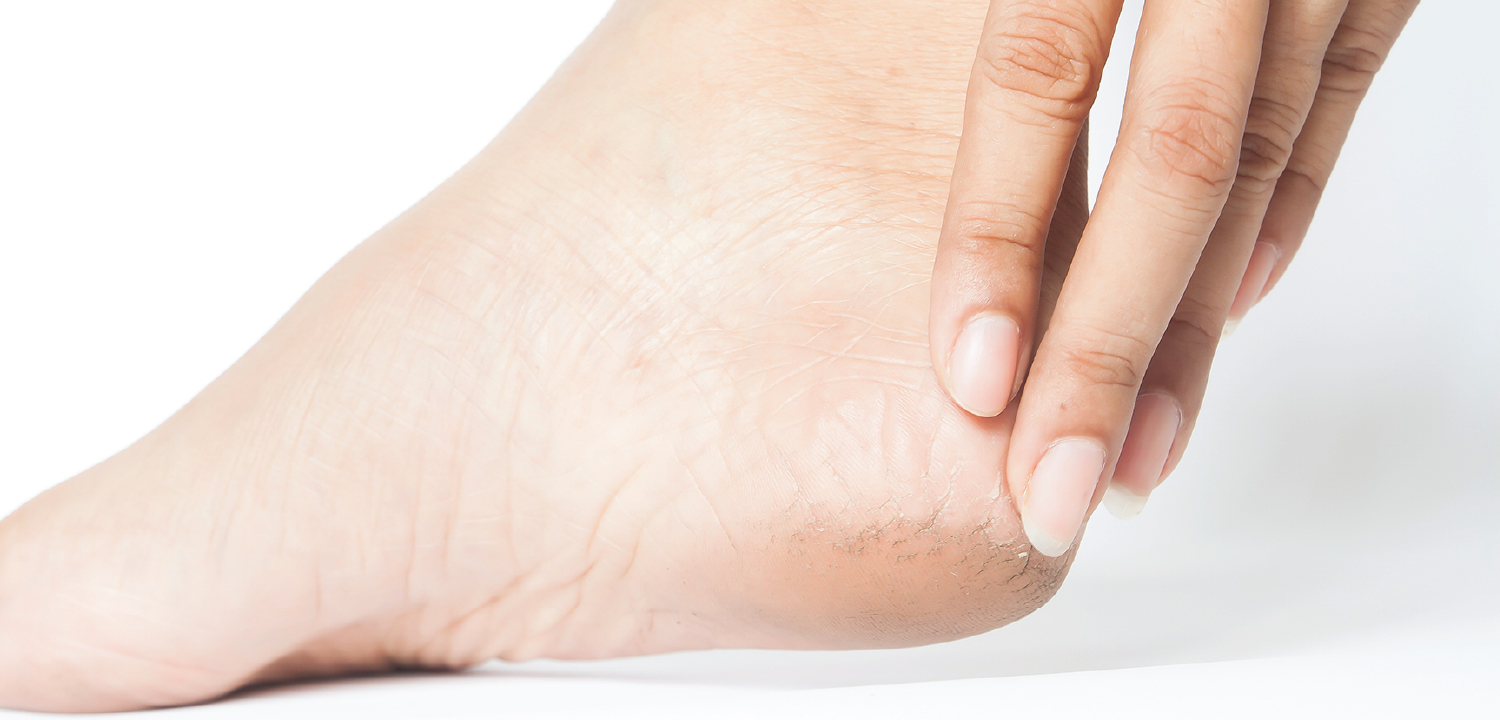

Circulation Problems in the Diabetic Foot
Obliterative Arteriosclerosis (ASO) is a term used to describe a slow chronic disease of occlusion (obstruction) of the arteries by arteriosclerosis plaques (abnormal hardening and thickening of the artery wall).
ASO involves the large and medium arteries such as the common iliac artery in the pelvic area, the femoral artery above the knee, the popliteal artery, and the tibial artery behind the knee. As people with Diabetes Mellitus, along with ASO patients, the small arteries of the skin and the capillaries of the foot are involved in microangiopathy which is characterized by thickening of the wall of the blood vessel. Therefore, blood circulation problems in diabetic feet are more severe and common. There are several theories that describe how the forms of arteriosclerotic injury affect the arteries, but the risk factors for this disease are well known. Cigarette smoking, high blood pressure, high blood cholesterol, and diabetes are the main factors that contribute to a high risk of disease. Occlusion of the arteries above the level of the pelvis (common iliac arteries) can result in sexual impotence and therefore thigh and leg cramps while walking. Occlusions of the popliteal artery (behind the knee) and the tibial artery (in the calf) are more common in the diabetic patient. The occlusion process can be fast, moderate, or slow. When the process is slow, the collateral arteries may form a communication at the site of the occlusion. In this case, the symptoms may be mild or totally absent.